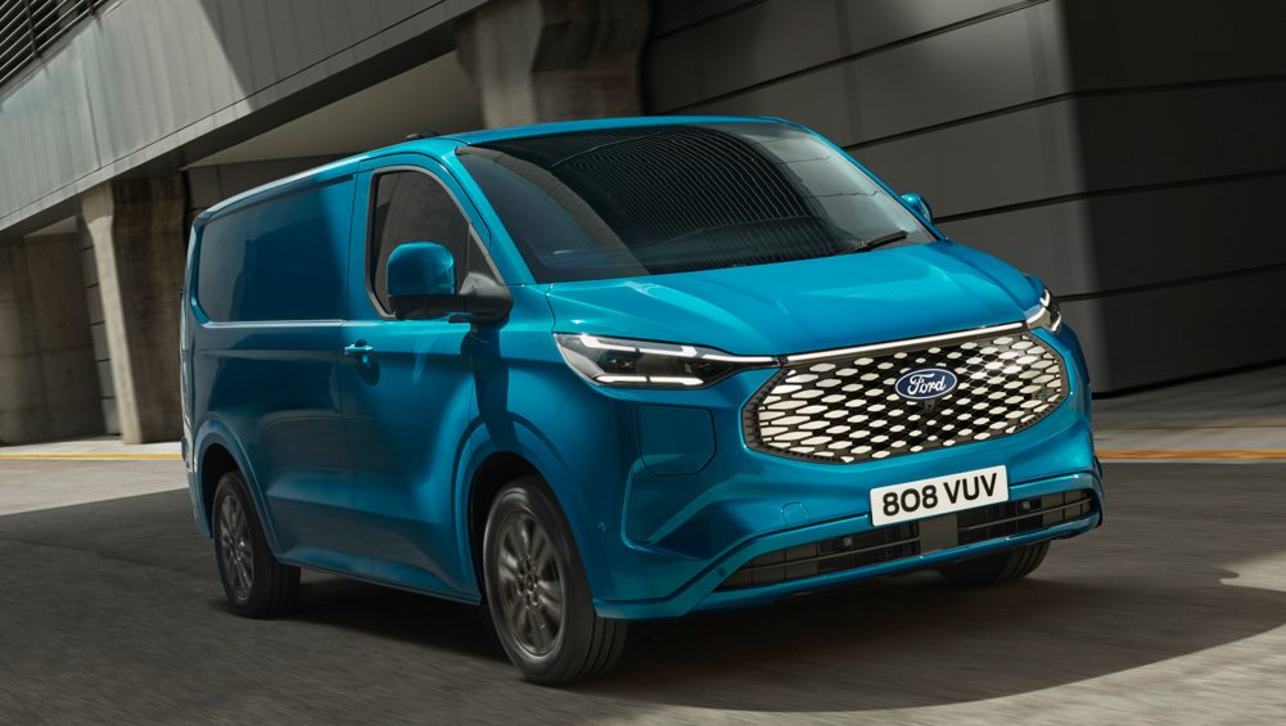A revitalised Vito van has broken cover in Europe.
The Mercedes-Benz hauler has a new nose and tail, refreshed engines, an upgraded interior and will be offered for the first time as a front-drive, rear-drive or all-wheel-drive.
Mercedes-Benz Australia expects to launch the new Vito range, which can carry up to 1369kg, around the middle of next year. Engineers have gone through every part of the mid-sized van in a bid to improve the fuel economy and usability.
The hydraulically assisted steering has been given the flick, replaced with a new electric system. This saves fuel because the new system uses a powerful electric motor to help the driver move the steering wheel and does not constantly sap the engine of power like the hydraulic system does. New axles have been developed with an aim to greatly reducing friction.
There are two revised turbodiesel four cylinder engines available, a 1.6-litre, which is unlikely to make it to Australia, and a 2.2-litre, which definitely will. The smaller engine is designed for operators who carry lighter loads and really value efficiency. It is available with two different outputs, including a measly 65kW and a more reasonable 84kW.
The 2.2-litre unit is available with three different outputs, ranging from 100kW to 140kW. The 140kW version is called the 119 Bluetec and is the only model in the range to meet the strict Euro 6 emission standard.
Mercedes says a raft of revisions, including the lower friction diffs and electric steering, has cut the fuel consumption figures of some Vito models by an impressive 20 per cent.
The optional BlueEfficiency package, which includes fuel saving measures such as a stop/start function and low rolling resistance tyres, enables the best possible efficiency figures. The leanest Vito, the lowest output 1.6 with a BlueEfficiency package, records a remarkable combined fuel consumption figure of 5.7 litres per 100km.
Mercedes is offering a six-speed manual gearbox as the standard transmission on most Vitos. A seven-speed torque convertor automatic is optional on most models and standard on some of the higher-end versions.
Fuel saving front-wheel-drive is available only on the smaller capacity engine. Vitos fitted with the larger engine can be specified with rear-drive, or in some cases, AWD.
The constant AWD system is designed to enable the Vito to traverse slippery surfaces, such as snow covered roads and muddy building sites. It is not a rock-hopping machine to be used for extreme off-road work.
Mercedes will offer the new Vito as a regular cargo van, a crew van and a straight out people mover.
The people mover version can be fitted with up to eight airbags. A latest generation Electronic Stability Control system will be standard as will Crosswind Assist, which helps keep the van tracking in a straight line in gusty winds.
A parking assistance feature, which parks the van with very little input from the driver, will be an option, as will be a blind spot monitoring system and parking sensors.
Mercedes will also offer its Lane Keeping Assist function that actively steers the vehicle back into the lane if it starts to drift to the side without its indicators on.
Special lights, which use LEDs for everything except the high beam will also be available as an option. These headlights vary the spread of the beam automatically depending on whether the vehicle is being driven down a city street or a country highway and also have a cornering function that allows the driver to see through the corner instead of straight ahead.
The Vito range is largely the same size as the previous generation, but a new front end with additional pedestrian crash protection has extended the length by around 14cm.





.jpg)
.jpg)



.jpg)
.jpg)


.jpg)


.jpg)
.jpg)


.jpg)








Comments